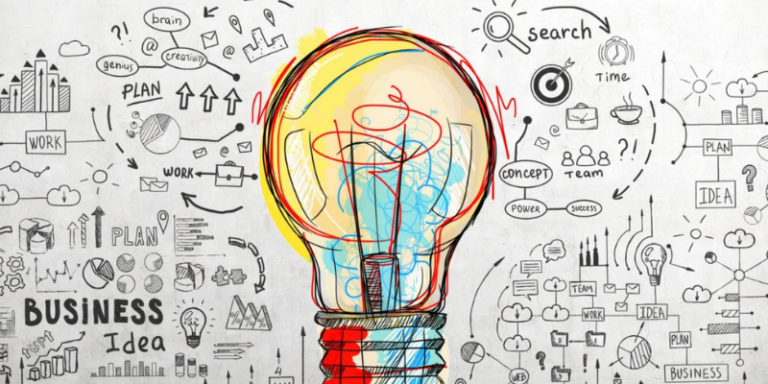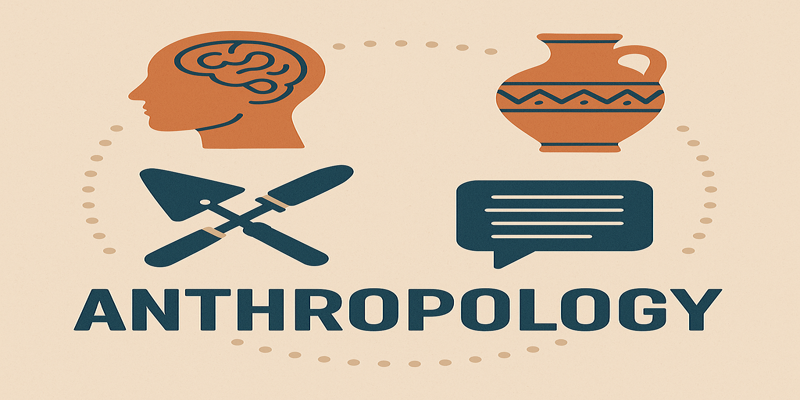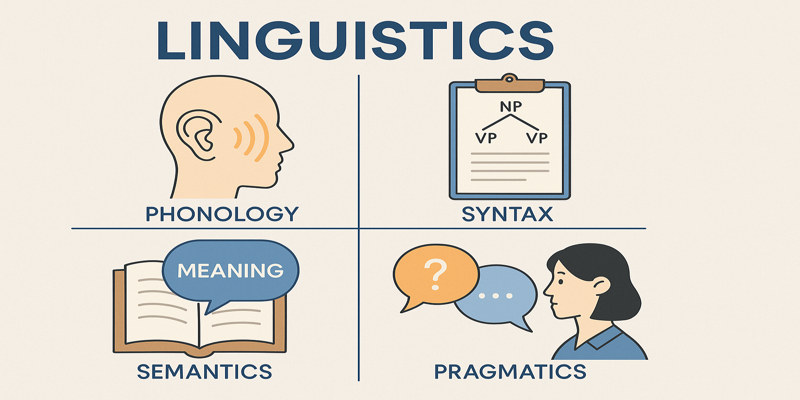In the dynamic world of business, the terms “innovation” and “invention” are often used interchangeably. However, they represent distinct concepts that play critical roles in the advancement of technology and commerce. This article elucidates the definitions of innovation and invention, explores their implications, and discusses the unique challenges faced by businesses in commercialising innovations.
Defining Innovation and Commercialisation
Innovation is the process of translating an idea or invention into a good or service that creates value or for which customers will pay. According to Schilling (2017), innovation involves the implementation of new ideas, processes, products, or services that lead to significant improvements in efficiency, effectiveness, or competitive advantage. Innovation can be incremental, involving small improvements, or radical, leading to groundbreaking changes (Tidd & Bessant, 2020).
Commercialisation refers to the process of bringing new products or services to the market. It encompasses the entire journey from ideation, through development, to the final market launch. Commercialisation is critical as it transforms innovative ideas into tangible economic value (Rogers, 2003).
Challenges of Innovation and Commercialisation for Businesses
Businesses often face significant challenges in the innovation and commercialisation process. These include limited financial resources, lack of expertise, and difficulties in scaling production. Additionally, firms may struggle with market entry barriers and competition from established players (Dodgson, Gann, & Salter, 2008).
- Financial Constraints: Innovation and commercialisation require substantial investment in research and development (R&D), prototyping, and marketing. Businesses often lack access to the necessary capital, making it difficult to sustain long-term innovation projects (Hölzl, 2009).
- Limited Expertise: Developing and commercialising innovative products requires a diverse set of skills, including technical knowledge, market analysis, and regulatory compliance. Businesses may not have the breadth of expertise needed, leading to potential gaps in the innovation process (West & Bogers, 2014).
- Scaling Issues: Even if a small business successfully develops an innovative product, scaling production to meet market demand can be challenging. Firms may lack the manufacturing capabilities or supply chain networks required for large-scale production (Nooteboom, 1994).
- Market Entry Barriers: Entering a new market with an innovative product involves overcoming significant barriers, including customer acquisition, brand recognition, and regulatory hurdles. Businesses often struggle to compete with larger, established companies that have greater resources and market presence (Freeman & Soete, 1997).
Defining Invention and Its Creation
Invention is the creation of a new device, method, process, or composition that has not previously existed. It involves the development of novel ideas and their transformation into workable solutions (O’Sullivan & Dooley, 2009). Unlike innovation, which focuses on the implementation and commercial success of new ideas, invention is primarily concerned with the creation phase.
Inventions can arise from various sources, including individual creativity, scientific research, and collaborative efforts. The invention process typically involves:
- Idea Generation: This is the initial stage where novel concepts are conceived. It can be driven by curiosity, necessity, or the desire to solve a specific problem (Fagerberg, Mowery, & Nelson, 2005).
- Research and Development (R&D): Once an idea is conceived, it undergoes rigorous testing and refinement through R&D. This phase aims to transform abstract concepts into viable prototypes (Schilling, 2017).
- Prototyping and Testing: Prototypes are developed to test the feasibility and functionality of the invention. Iterative testing and refinement are crucial to address potential flaws and improve the design (Tidd & Bessant, 2020).
- Patenting and Intellectual Property (IP) Protection: To safeguard their inventions, inventors often seek patents and other forms of IP protection. This legal recognition helps prevent unauthorised use or replication of the invention (Rogers, 2003).
Understanding the distinction between innovation and invention is crucial for businesses aiming to thrive in today’s competitive landscape. While innovation focuses on the successful implementation and commercialisation of new ideas, invention centres on the creation of novel solutions. Businesses face unique challenges in both innovation and commercialisation, including financial constraints, limited expertise, and market entry barriers. Overcoming these challenges requires strategic planning, resource allocation, and leveraging external support systems.
References
Dodgson, M., Gann, D., & Salter, A. (2008) The Management of Technological Innovation: Strategy and Practice. Oxford University Press.
Fagerberg, J., Mowery, D. C., & Nelson, R. R. (2005) The Oxford Handbook of Innovation. Oxford University Press.
Freeman, C., & Soete, L. (1997) The Economics of Industrial Innovation. Routledge.
Hölzl, W. (2009) Innovation and the Performance of Small and Medium-sized Enterprises in Austria. WIFO.
Nooteboom, B. (1994) Innovation and Diffusion in Small Firms: Theory and Evidence. Small Business Economics. 6(5), pp. 327-347.
O’Sullivan, D., & Dooley, L. (2009) Applying Innovation. SAGE Publications.
Rogers, E. M. (2003) Diffusion of Innovations. Free Press.
Schilling, M. A. (2017) Strategic Management of Technological Innovation. McGraw-Hill Education.
Tidd, J., & Bessant, J. (2020) Managing Innovation: Integrating Technological, Market and Organizational Change. John Wiley & Sons.
West, J., & Bogers, M. (2014) Leveraging External Sources of Innovation: A Review of Research on Open Innovation. Journal of Product Innovation Management. 31(4), pp. 814-831.













